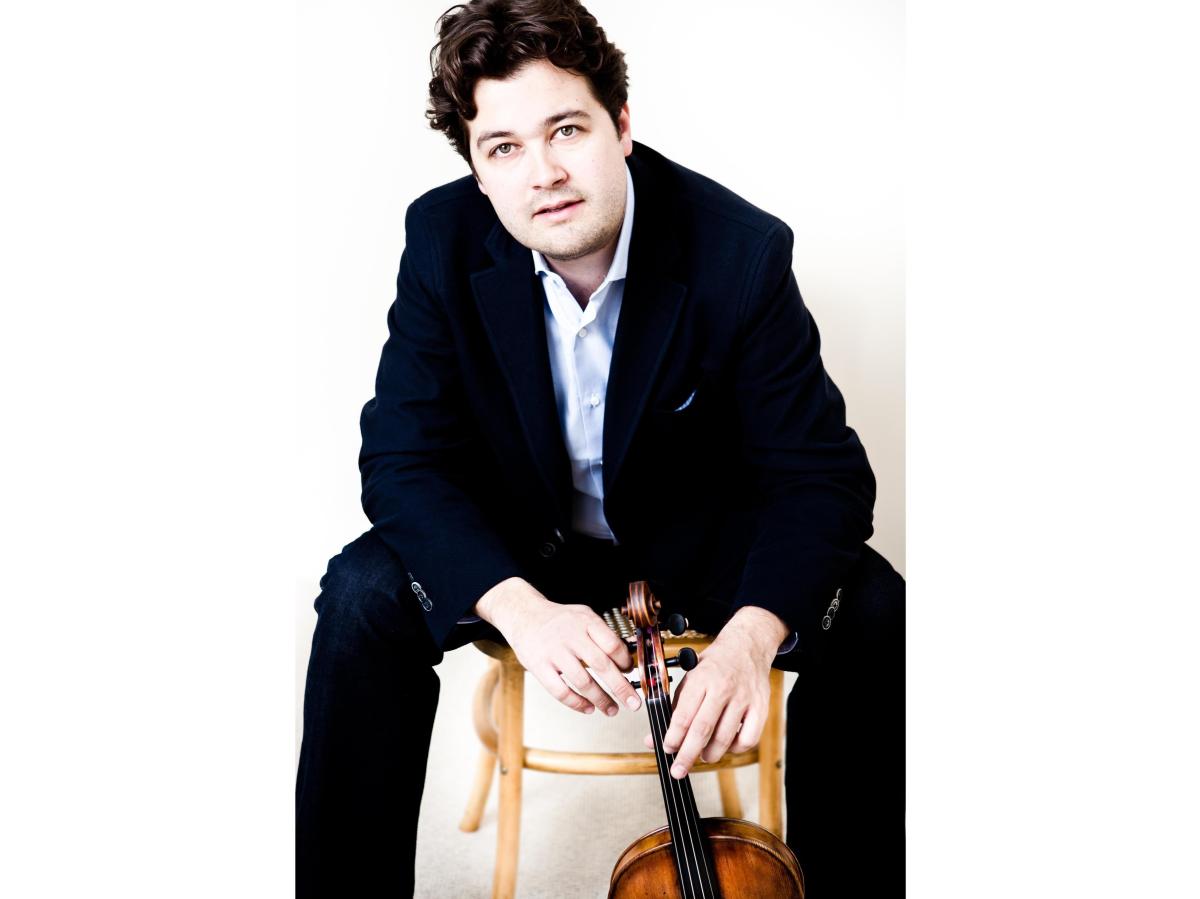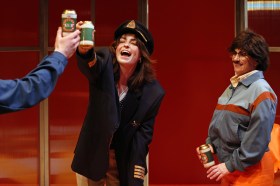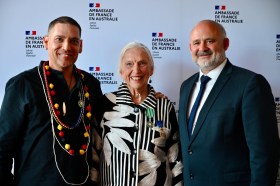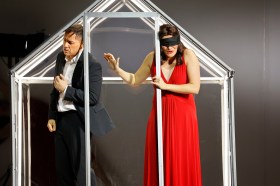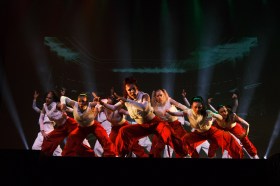Image: Lawrence Power, soloist performing in Brahms’ Fourth; courtesy of Melbourne Symphony Orchestra.
Lurking behind the suave mask of Maurice Ravel’s amiable, fluid and urbane Le tombeau de Couperin are grave personal crises, including serious illness, bereavement after his mother’s death and the shattering experience of service in World War 1. However, rather than trying to deal directly with his psychological and physical pain, the composer sought diversion in the elegant, otherworldly French Baroque as the basis of a suite of dances, initially written for piano between 1914 and 1917, and later orchestrated with dazzlingly flair and precision. That each of the six movements is dedicated to friends killed in the conflict adds to the work’s gentle, memorial function announced in the reference to Ravel’s great creative forebear. This, however, is French Baroque as seen through early twentieth century eyes and ears with liberal expansion of characteristically individual melodic writing and uncommon harmony.
The Melbourne Symphony Orchestra under guest conductor Christoph König provided a convincingly solid though somewhat superficial performance of the work presenting it without sufficient exploration or savour of its quirkiness, sensitive intelligence and subtle, darker meaning. Despite a deficiency in precision, agility and rapport there were some fine moments. I make particular mention of associate principal oboist, Thomas Hutchinson, performing his fiendishly difficult part with élan together with David Thomas’s accompanying clarinet, and Yinuo Mu’s fine harp playing.
Internationally renowned violist Lawrence Power then performed Bartók’s Viola Concerto which, at the composer’s death from leukaemia in 1945, lay incomplete on his bedside desk. Filling out these 13 pages of dense existing manuscript into a complete work became the demanding task of the composer’s apprentice, violist and composer Tibor Serly (whose dates of birth and death were incorrectly recorded in the printed program) over the next four years. A member of the Nash Ensemble and the Leopold Trio as well as performing in recital and as a soloist with leading orchestras around the world, Lawrence Power revealed a thoroughly polished, solid technique and an innate, formidable musical intelligence.
Bartók’s Concerto, though, struggles for narrative buoyancy in this realisation and, other than the obvious vigour of the final movement for which there was an extant solo viola part, it sounded fragmented and sporadic. Other extant versions might have been more satisfying.
A surprise addition to the program, however, was the inclusion before the Concerto of a work for solo viola, Pentatonic Étude (2008, rev 2014) by Finnish composer and conductor Essa-Pekka Salonen. First performed by Power in Wigmore Hall last year, this was a revelatory introduction. A brilliantly conceived virtuosic study on melodic material from the opening of the Bartók Concerto, I can predict its ongoing inclusion as a preliminary companion piece. Power was a confident and engaging soloist throughout.
Following interval we heard Brahms’s final, fourth Symphony. It was first performed in 1886 and was the last work the composer heard 11 years later. Like Ravel, Brahms looked to the past in his final movement with a Baroque passacaglia. This great Symphony, a favourite of the MSO, deserved better than it got, however, with an initial ragged, unsettled horn section and a noticeable distancing throughout from full engagement in the work’s over-brimming humanistic warmth, dramatic thrust and deeply sensitive emotional core.
Christoph König’s first appearance with the Melbourne Symphony Orchestra was a fair to good experience. With minimal gesture he efficiently delivered a thorough and reasonable, professional performance marked by evident technique and a smooth lightness of touch.
Rating: 3 stars out of 5
Melbourne Symphony Orchestra – Brahms’ Fourth Symphony
Christoph König, conductor
Lawrence Power, viola
Arts Centre Melbourne, Hamer Hall
Saturday 28 May 2016

